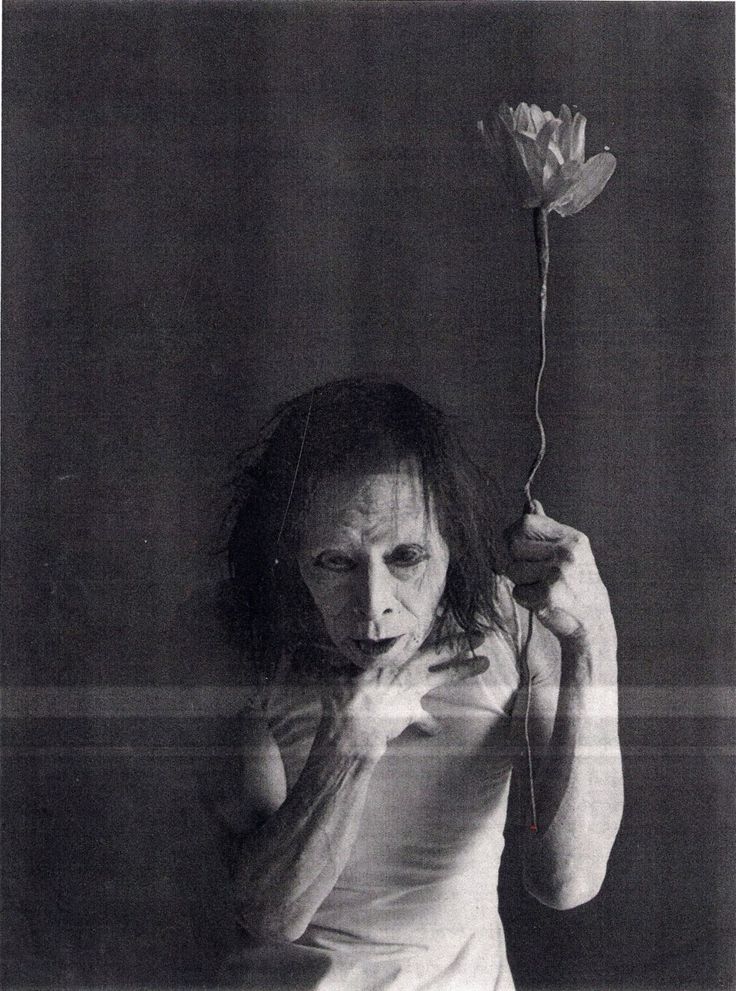
Reflection Paper #2 - Cats and Butoh
essay theater choreography
This week’s classes were fundamental for my understanding of choreography as a tool for the embodiment of energies and self-expression. Being able to go out around nature and analyze the campus cats was not only refreshing, but also a great exercise to be more mindful of my surroundings and to explore my body in relation to other energies. As I watched the cats stretch, pounce, and interact with their environment, I became fascinated with internalizing their essence. That is, not just mimicking their physical gestures, but inhabiting their spirit of calmness, playful unpredictability, and fluid grace. The subsequent choreographic process of creating a piece inspired by the cats felt surprisingly natural, allowing me to break free from traditional dance constraints and connect more authentically with my creative essence. Unlike some previous experiences where choreographing felt restrictive, this approach of observing and embodying a specific entity provided a more liberating framework for creative expression, which revealed to me how the observation and the embodiment of other energies connected with mine can become a gateway to more authentic choreographies.
The attempt to create a piece based on the idea of “cats trying to be like humans” connected well with the surrealism of Butoh, an art form that I was not aware of before, but that I connected with immediately as I was watching Bob DeNatale’s YouTube videos on the history of it. The idea of freeing yourself from your ego and embodying the energies of images is something that I was fascinated with, both on a conceptual level and on a personal one. This worldview reminded me of other spiritual traditions such as Chaos Magick — due to its subjective and intimate nature — and Buddhism, due to its acknowledgment and transcendence of suffering. The idea of letting go and allowing your subconscious to flow is another fundamental principle of Butoh, which in my opinion is an important act of courage and reflection, which many people would be either oblivious or terrified of exploring. Beyond philosophy, I also connected with Butoh through its bizarre and intimate aesthetics, a quality that I deeply appreciate in all forms of theater. This grotesque yet beautiful look was something that I could clearly see in Kazuo Ohno’s pieces, which struck me with how he seemed to embody not just physical gestures, but entire landscapes of emotion and energy, displaying vulnerability and a connection to otherworldly presences. The artistic liberation that he displayed in his pieces is something that I strive for, and that I hope to be able to connect on a personal level moving forward.